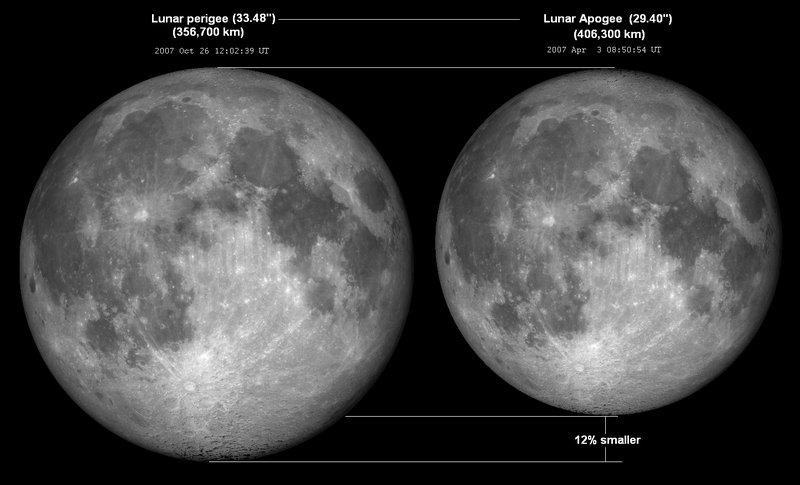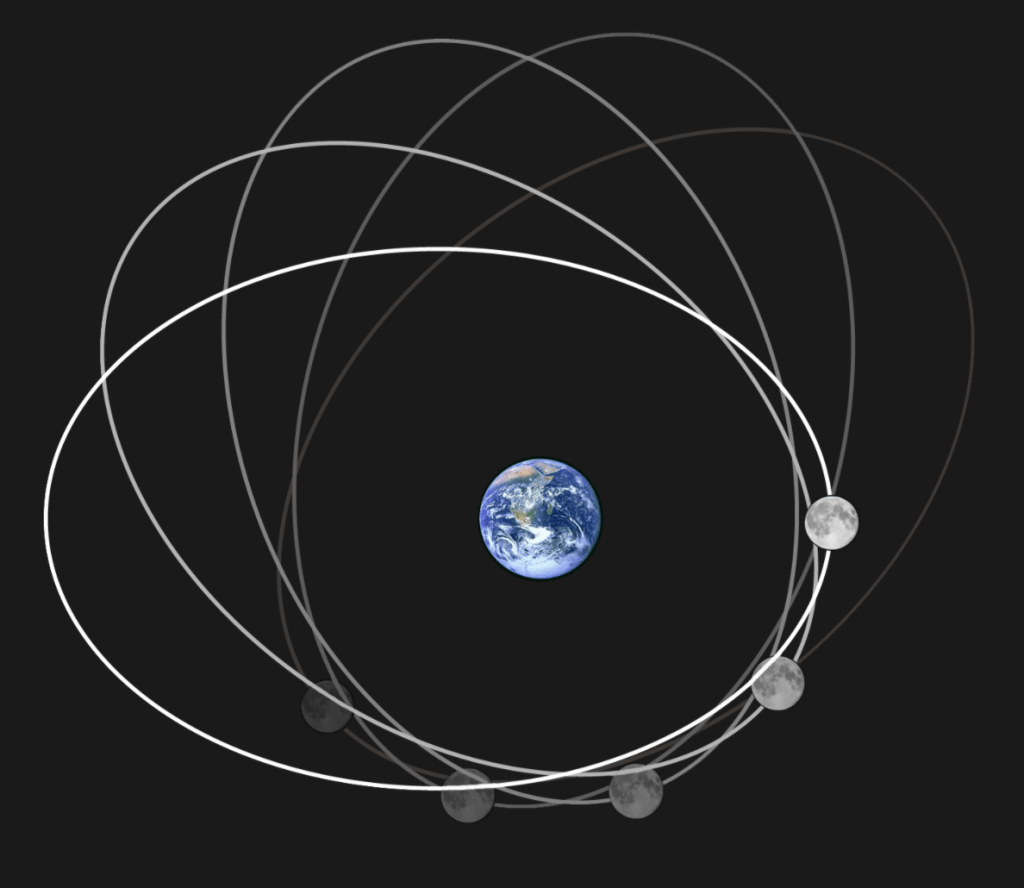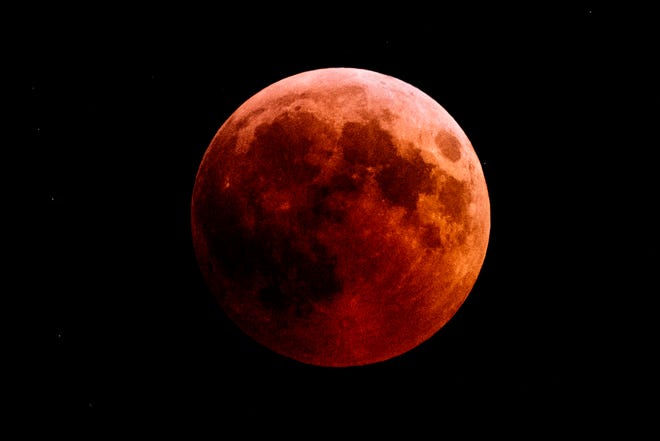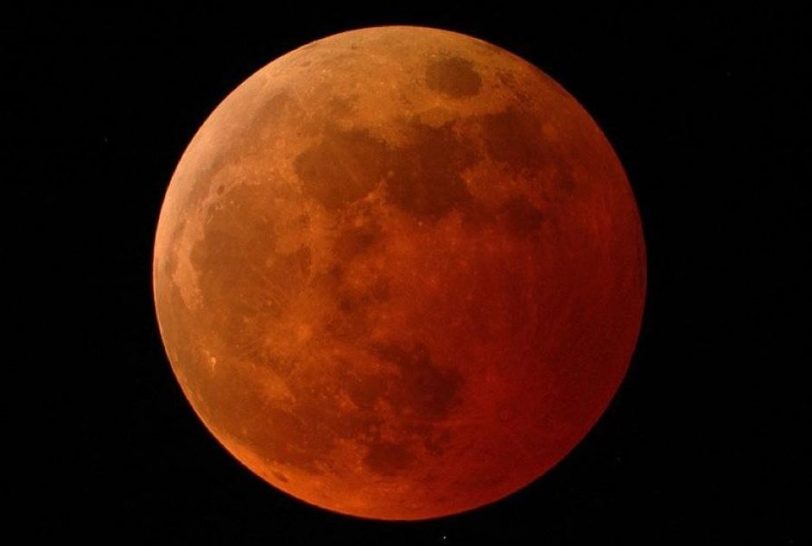The first and only total lunar eclipse of 2021 will occur in the early morning hours of May 26. However, because it will be a supermoon, a lunar eclipse, and a red blood moon all at once, this is going to be an especially super lunar event. So, what does all of this mean?
What’s a super Moon?
A supermoon occurs when a full or new moon coincides with the Moon’s closest approach to the Earth.
The orbit of the Moon around the Earth isn’t perfectly circular. As the Moon orbits the Earth, its distance from the planet changes. The perigee, or closest point in the orbit, is about 45,000 kilometers (28,000 miles) closer to Earth than the apogee, or farthest point in the orbit. A supermoon is a full moon that occurs near the perigee.

So why is it super? The Moon appears slightly larger and brighter than usual due to its close proximity, though the difference between a supermoon and a regular moon is usually difficult to notice unless comparing two photographs side by side.

How does a lunar eclipse work?
When the Earth’s shadow covers all or part of the Moon, it is called a lunar eclipse. Because this can only happen during a full moon, it’s important to first understand what makes a full moon.
Like the Earth, half of the Moon is illuminated by the sun at any one time. A full moon happens when the Moon and the Sun are on opposite sides of the Earth. This allows you see the entire lit-up side, which looks like a round disc in the night sky.
If the Moon had a totally flat orbit, every full moon would be a lunar eclipse. But the Moon’s orbit is tilted by about 5 degrees relative to Earth’s orbit. So, most of the time a full moon ends up a little above or below the shadow cast by the Earth.

But twice in each lunar orbit, the Moon is on the same horizontal plane as both the Earth and Sun. If this corresponds to a full moon, the Sun, the Earth and the Moon will form a straight line and the Moon will pass through the Earth’s shadow. This results in a total lunar eclipse.
You must be on the night side of the Earth while the Moon passes through the shadow to see a lunar eclipse. On May 26, 2021, the best places to see the eclipse will be in the middle of the Pacific Ocean, Australia, Asia’s East Coast, and the Americas’ West Coast. It will be visible on the eastern half of the US, but only the very earliest stages before the Moon sets.
Why does the Moon appear to be red?
The Moon darkens as it is totally obscured by Earth’s shadow, but it does not become completely black. Instead, it takes on a red color, which is why total lunar eclipses are sometimes called red or blood moons.
Sunlight contains all colors of visible light. The particles of gas that make up Earth’s atmosphere are more likely to scatter blue wavelengths of light while redder wavelengths pass through. This is called Rayleigh scattering, and it’s why the sky is blue and sunrises and sunsets are often red.

In the case of a lunar eclipse, red light can pass through the Earth’s atmosphere and is refracted – or bent – toward the Moon, while blue light is filtered out. During an eclipse, this causes the moon to appear pale reddish.
Hopefully you will be able to go see this super lunar eclipse. When you do, now you will know exactly what makes for such a special sight.
Read More: 10 Interesting Moon Facts
No products found.


